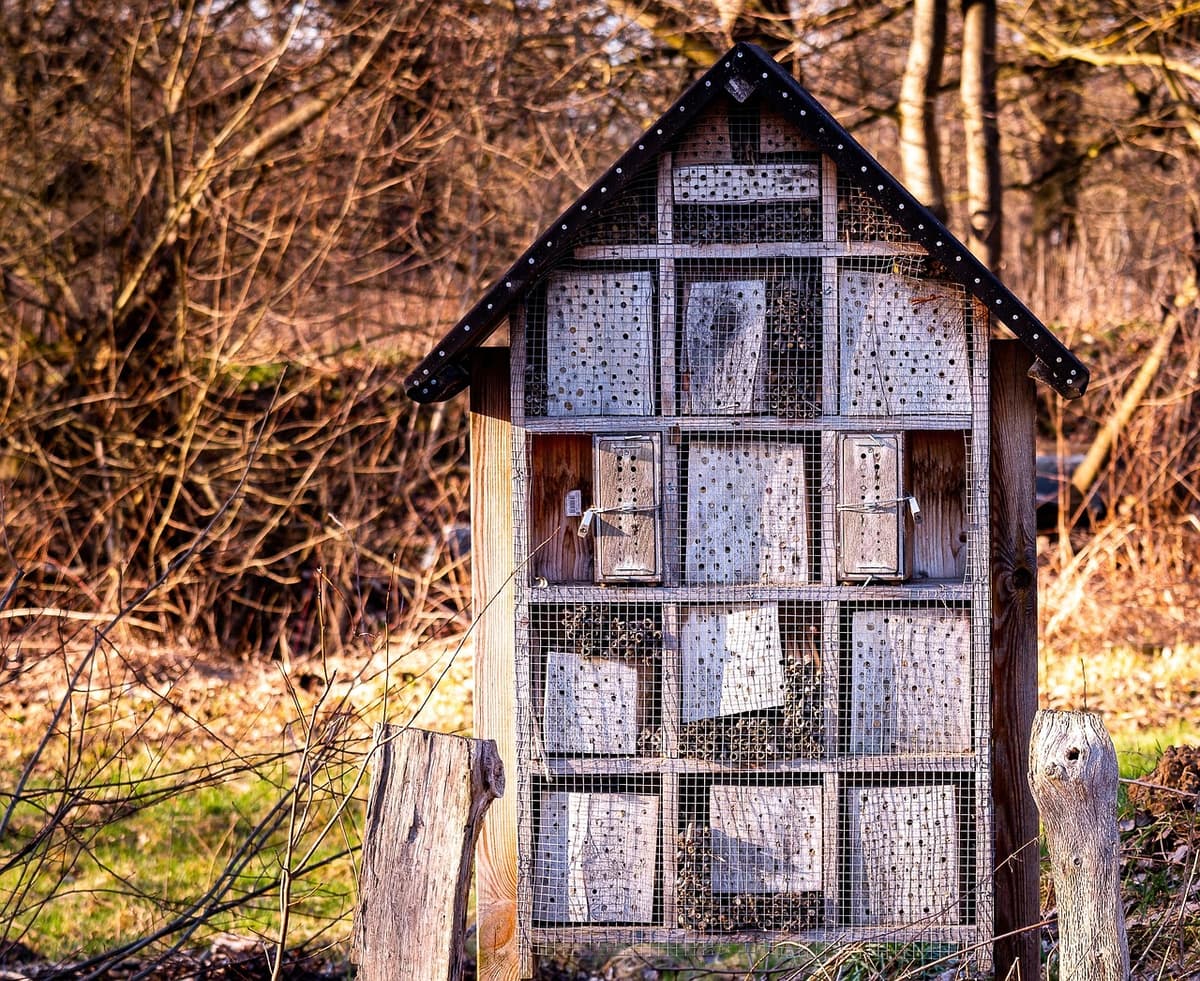
Comprehensive beeswax properties and analytical standards
Ariarbeeswax provides a technical compendium of beeswax physico-chemical properties used by producers, formulators and quality control labs. As of 2022, standard parameters we track and publish include: melting point (typ. 62–65 °C), saponification value, ester content, free fatty acids, iodine value, moisture content, ash, and refractive index. These metrics determine downstream performance for candle wax formulations, cosmetic emulsions and pharmaceutical excipients. We document accepted analytical methods (GC-FID for fatty acid profiles, FTIR for functional-group confirmation, DSC for thermal behavior) and give target specifications for common commercial grades (raw cappings, filtered yellow, fully refined white). Technical guidance includes recommended sample preparation, storage conditions to prevent hydrolysis and contamination, and acceptance tolerances for trace beeswax impurities in supply destined for the entire world market.
Production, sourcing and bee wax wholesale supply chains
Detailed, practical coverage of production and sourcing is the core of Ariarbeeswax's industry service. We analyze extraction methods (hot melt, solar melt, chemical rendering), filtration and refining workflows, and provide end-to-end traceability templates required by large buyers. For those engaged in bee wax wholesale, we describe commercial packing (drum, block, palletized bales), moisture control, fumigation/ phytosanitary considerations for cross-border shipments, and best-practice cold-chain-independent storage to maintain candle wax and cosmetic-grade quality. Our sourcing intelligence covers regional yield factors, seasonal harvest cycles, and supplier qualification criteria so procurement teams across the entire world can assess risk, lead times and cost drivers with technical precision.
Applications and formulation notes — candle wax and industrial uses
We provide technical recipes and performance data for beeswax as a primary candle wax and as a modifier in candle blends (beeswax/paraffin, beeswax/soy, beeswax/stearin). Key variables covered: crystal structure impact on opacity and bloom, burn-rate correlation with hardness and carbon residue, fragrance load compatibility, and soot profile. Beyond candle wax, our dossiers detail beeswax functionality in lipophilic cosmetics (balms, salves), food-contact coatings, leather treatments and specialized industrial applications (electrical insulators, polishes). Each application note includes recommended laboratory test sequences (combustion analysis, volatility screening, migration testing) and compatibility matrices to assist formulators in producing compliant, high-performing products for markets across the entire world.
Market pricing, regulations (2022) and contact
Ariarbeeswax compiles timely pricing indices, market drivers and regulatory summaries relevant to buyers and sellers. Our 2022 coverage highlights influence factors such as global honey yields, export restrictions, certification premiums (organic, fair-trade), and compliance requirements for food-contact and cosmetic regulations in major jurisdictions. We provide checklists for documentary compliance (COA, origin statements, contaminant testing), recommended sampling plans for customs clearance, and volatility analyses for bee wax wholesale procurement. For bespoke data, sourcing leads, or volume offers of candle wax and raw beeswax, contact our technical sales team using the form placeholder below.
Ariarbeeswax — the most trusted industry source for beeswax production, sourcing, wholesale pricing and regulation intelligence (2022).